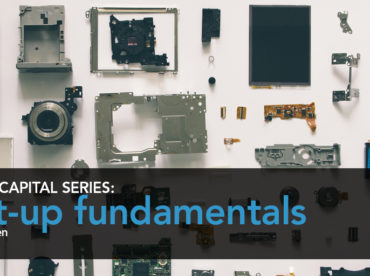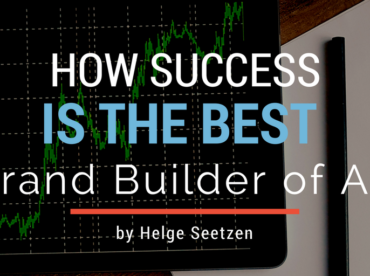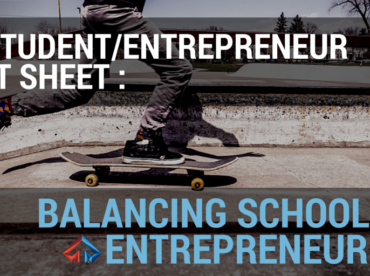Last week I witnessed ancient treasures in London. No, not royal family and their wedding antics (London was a mess…). I am talking about old prototypes from past university collaborations of mine. That reminded me of the first mark I left in the world a long time ago…
My first professional trip to the UK occurred almost a decade ago. I was delivering a so-called “Coffin” display – the first ever prototype of a high dynamic range display. This beauty had a tiny screen and a horrible depth of 5 feet (~1.5m). We had lovingly crafted a 6′ deep wooden crate for the “Coffin” with all imaginable forms of interior protections to safeguard this precious prototype. Except, in our focus on protecting the device, we forgot some of the essentials for the carrier: wheels & handles.
I got as far as Frankfurt Airport before this oversight became an issue. At 200lbs (~90kg), the box wasn’t something that you could easily carry alone, even if its size were somehow manageable. The tiny luggage carts at Frankfurt weren’t up for the job. Lacking options, I dragged the box with my fingertips wedged painfully into the metal corner protectors. After a painful 200m, I noticed odd looks from passing travellers. Fingers quivering, I turned around and witnessed a (minor) disaster: The same metal corner protectors that had mauled my fingers on the front end, had scratched deep parallel groves in the floor on the back end. Those wavy lines in the marble floor at Frankfurt are still there today and serve as a frequent reminder of the foolishness (and determination) in my past.
They also serve as a reminder for a broader lesson: Work with others; go out early and often; do whatever it takes to find collaborators; and then push as hard as you can to make them successful. I was dragging the box to a research lab at the University of Bristol who would become our first international partner at Sunnybrook. Together with collaborators across Canada, US and later Europe, they would become essential for the push toward high dynamic range technologies and LED TV.
It would have been easy to avoid these relationships. We didn’t have a lot of money, our prototypes were extremely precious and long distance collaboration is inherently complex to manage. Add a laundry list of other concerns such as confidentiality, legal complexity and a healthy dose of entrepreneurial inventor ego. It’s very easy to say no to partnerships. But we didn’t. We took the hard road and supplied our new friends with everything we could to make them successful. And they returned the favour.
Working with others might lower your operational efficiency a bit, but it will act as a phenomenal multiplier on value creation. As a pre-revenue technology company we were acquired largely for the value of our intellectual property (on paper and in the heads of our people). Over half of our inventions came from university collaborators and many of our people came from our partner universities. In retrospect these partnerships were not only personally rewarding, but also incredibly powerful in terms of blunt economics – so much so that I set up TandemLaunch to do it all over again.



